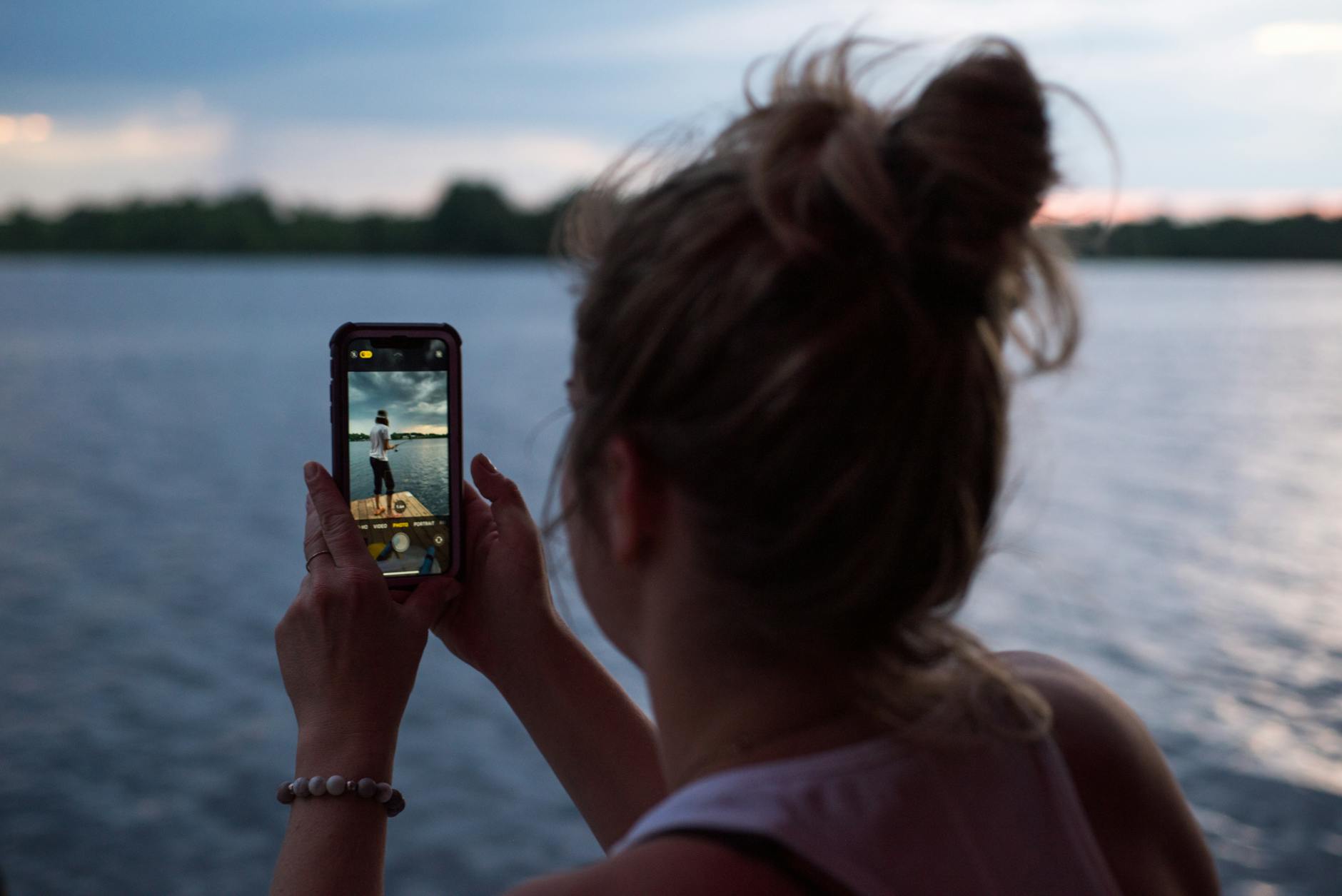Working from anywhere is the dream — until “anywhere” becomes everywhere, your schedule blurs, and you realise… you haven’t taken a real break in weeks.
Burnout is real for digital nomads. The freedom of this lifestyle requires intentional structure to stay energised, productive, and mentally well. Here’s your go-to guide to help you avoid burnout and build balance while working remotely on the move.

Why Digital Nomads Are Prone to Burnout
• Time zones = erratic work hours
• Constant planning = decision fatigue
• Fear of missing out (FOMO) = overcommitting
• Isolation = disconnection and stress
• “Always on” mindset = no real downtime
🧠 Burnout doesn’t mean you’re weak. It means you need boundaries.
1. Create a Routine — Even if You’re Changing Locations
Establish a flexible rhythm to anchor your day:
Daily Routine Framework:
• Morning: Movement, coffee, offline time
• Work Block 1: Deep focus tasks (90–120 min)
• Break: Eat, stretch, walk, reset
• Work Block 2: Admin, meetings, creative work
• Evening: Disconnect + explore, read, or socialise
⏰ Consistency reduces stress and boosts energy — even across time zones.
2. Set Boundaries with Clients and Yourself
• Define your working hours and share them clearly
• Use Slack statuses, email autoresponders, and calendar blocks
• Turn off notifications after hours
• Use a separate browser or device for personal tasks
🚪 Boundaries aren’t restrictions — they’re self-respect.
3. Prioritise Rest and Recharge Days
✔ Schedule days off (yes, really)
✔ Take screen-free time each day
✔ Plan monthly “no move” weeks to slow down
✔ Avoid over-traveling — stay longer, move less
🧳 Slower travel = less stress, deeper experiences, better wellness.
4. Make Space for Social Connection
Isolation is a hidden cause of burnout. Build relationships:
• Join co-working spaces or attend nomad meet-ups
• Use Facebook groups, Nomad List, or Meet-up to find events
• Reach out to friends for video calls or voice messages
• Stay in co-living spaces or hostels when you need community
🧍♀️ Solo doesn’t mean alone — connection is part of balance.
5. Use Tech to Stay Organised and Focused
Top Tools for Work-Life Balance:
• Notion / ClickUp – Plan tasks, goals, and habits
• Toggl Track / RescueTime – Track hours and identify burnout patterns
• Google Calendar – Time-block deep work and rest
• Freedom / Cold Turkey – Block digital distractions
• Headspace / Calm – Mental wellness on the go
🛠️ The right tools can make work lighter — and life richer.
6. Check in With Yourself Regularly
Ask yourself:
• Am I feeling energised or drained?
• Have I made time for rest, play, and connection this week?
• Do I still love what I’m doing and where I am?
✔ Journal your thoughts weekly
✔ Reassess your schedule and environment often
✔ Don’t ignore red flags — burnout sneaks in quietly
✍️ Mental health check-ins = emotional resilience.
Remote Work-Life Balance Checklist
Habit or Practice Done?
I have a structured but flexible routine ✅
I take intentional time off weekly ✅
I set clear communication boundaries ✅
I maintain social connections ✅
I use tools to support focus and wellness ✅
I slow down travel when needed ✅
I check in with my mental/emotional health ✅
Final Thoughts
A balanced remote life isn’t about working less — it’s about working intentionally so you have energy for the life you’re building. Choose places, routines, and people that nourish you. Don’t hustle through the adventure — feel it.
📥 Ready to Design a Balanced Nomad Life?
✅ Download the Remote Work-Life Balance Toolkit (PDF)
🧘 Explore mindful routines, travel pacing strategies, and wellness apps
🌍 Because true freedom includes rest, too.





